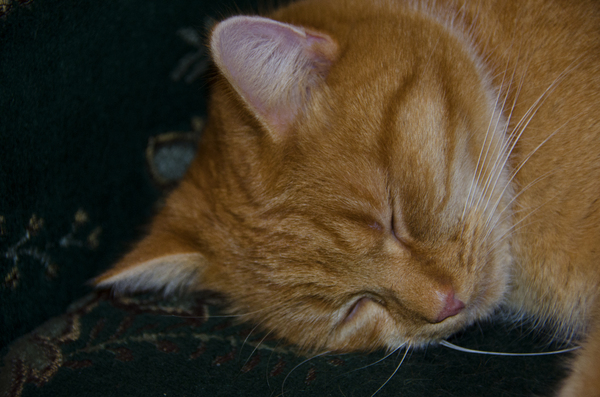The Environmental Effect of Clay Cat Litter Mining
The Environmental Effect of Clay Cat Litter Mining
Blog Article

Cat litter and litter boxes play an essential role in the lives of both felines and their owners. From the humble beginnings of sand and soil to the ingenious improvements of today, the world of cat litter has developed considerably. In this thorough guide, we explore every aspect of cat litter and litter boxes, exploring their history, types, benefits, challenges, and everything in between.
The history of cat litter dates back centuries, with ancient civilizations utilizing sand, soil, and even ashes as primitive litter products. Nevertheless, it wasn't till the mid-20th century that modern-day cat litter as we understand it emerged. In 1947, Edward copyright presented the world's very first business cat litter made from absorbent clay, revolutionizing the way cats relieved themselves indoors. Since then, cat litter has gone through many improvements, with the intro of clumping litter, silica gel litter, eco-friendly alternatives, and more.
Today, feline owners are ruined for option when it concerns choosing the right litter for their feline companions. Traditional clay litter stays popular for its price and efficiency in taking in odors. Clumping litter, which forms solid clumps when wet, simplifies cleansing and upkeep. Silica gel litter, made up of highly absorbent silica crystals, offers superior smell control and durability. Eco-friendly alternatives, such as recycled paper, wood pellets, corn, and wheat, interest ecologically mindful consumers.
Each type of cat litter offers special benefits. Clay litter masters its ability to absorb wetness and control smells, making it a trustworthy choice for many feline owners. Clumping litter simplifies daily scooping and extends the time in between total litter changes. Silica gel litter provides extraordinary odor control and can last longer between replacements. Eco-friendly litters use a sustainable alternative that minimizes ecological impact.
While cat litter boosts indoor feline hygiene, it is not without its challenges. Dust from clay litter can posture respiratory threats for both cats and humans, triggering the appeal of dust-free alternatives. Some cat litter alternatives cats might establish litter box aversion due to concerns with texture, fragrance, or tidiness, necessitating experimentation with various litters and box configurations. Multi-cat families may need strategic litter box placement and regular maintenance to avoid territorial disagreements and guarantee all felines have access to tidy facilities.
Picking the appropriate litter box is necessary for promoting positive litter box routines and overall feline wellness. Aspects to consider consist of size, ease of access, and style choices. Covered litter boxes offer personal privacy and assistance include smells, but some felines may discover them restricting or daunting. Open-top litter boxes use easy gain access to and visibility however might result in more litter scatter. cat litter box furniture Automatic self-cleaning litter boxes simplify maintenance however need regular tracking and upkeep.
Correct litter box maintenance is important for ensuring a clean and welcoming environment for both cats and their owners. Daily scooping eliminates waste without delay, reducing smell and discouraging litter box aversion. Routine litter replacement, normally every 1-2 weeks, prevents bacterial accumulation and keeps optimal absorbency. Comprehensive cleansing with moderate detergent and water, avoiding extreme chemicals that might deter cats from utilizing package, should be performed monthly.
Cat litter and litter boxes play a main function in fostering a healthy and harmonious relationship between felines and their human buddies. With a varied array of litter choices and litter box styles readily available, feline owners have the flexibility to tailor Pine Pellet Cat Litter their options to match their felines' preferences and household needs. By comprehending the advancement, types, advantages, and challenges of cat litter and litter boxes, pet owners can provide their feline pals with a comfy and sanitary indoor environment.